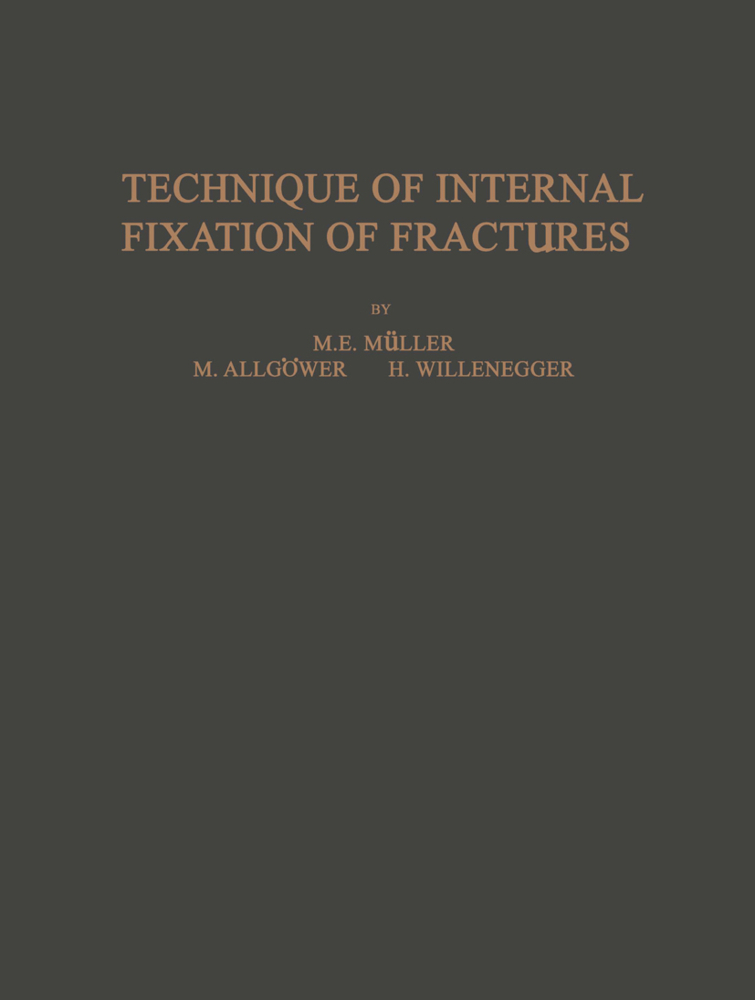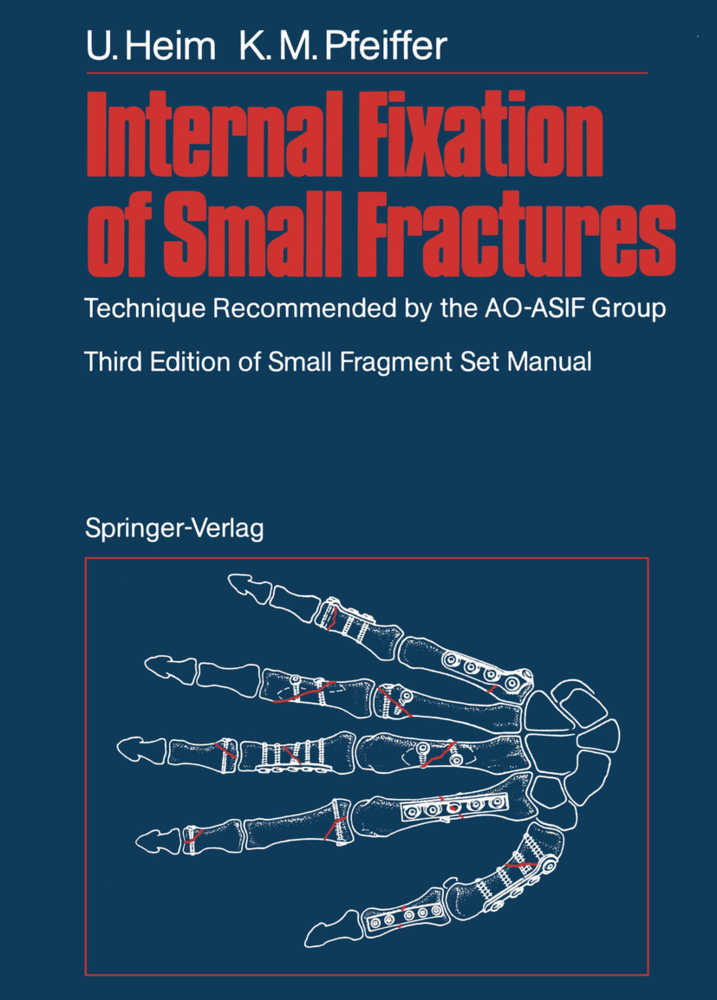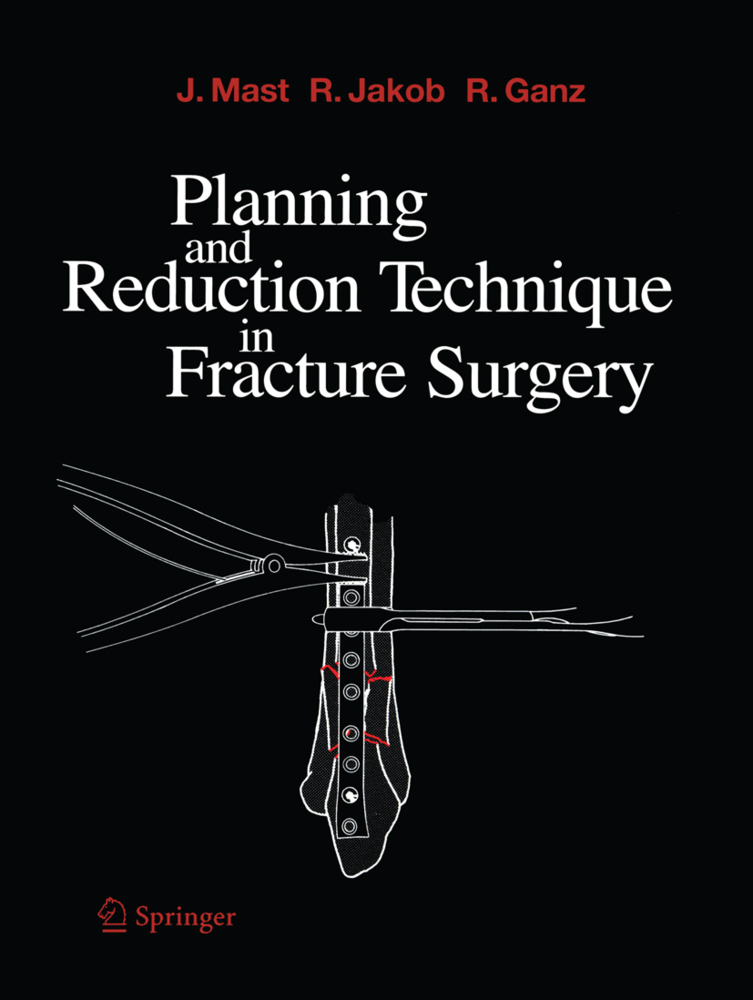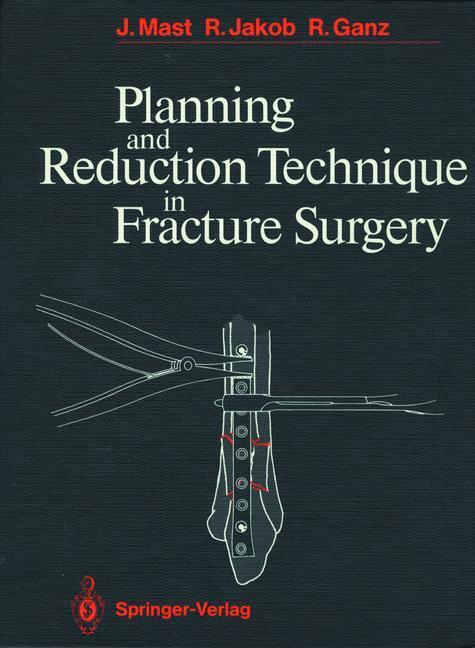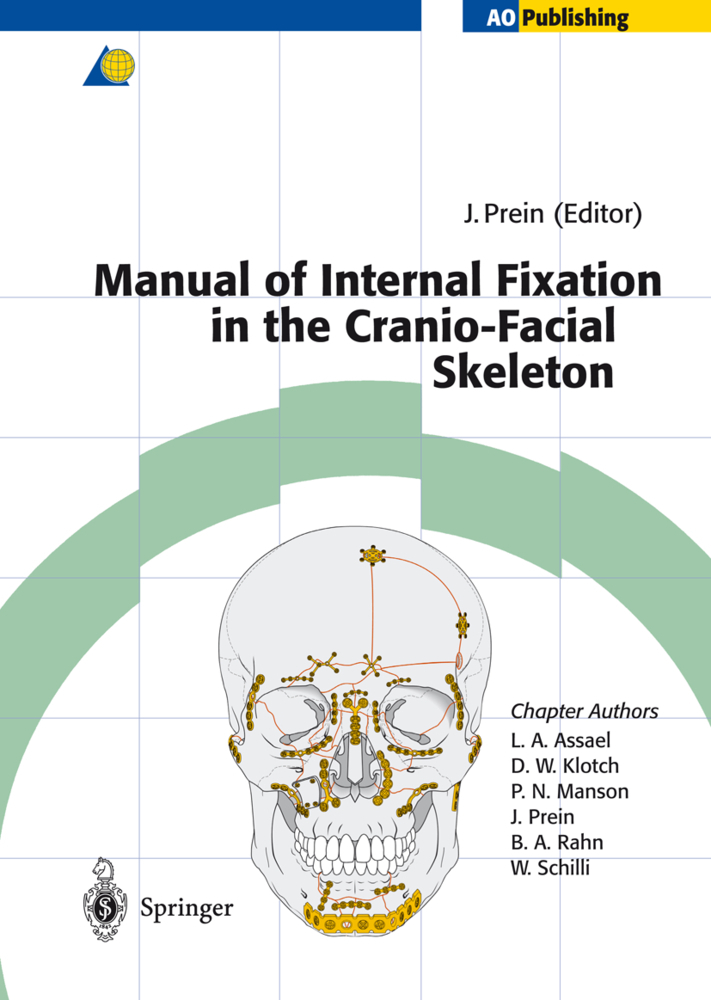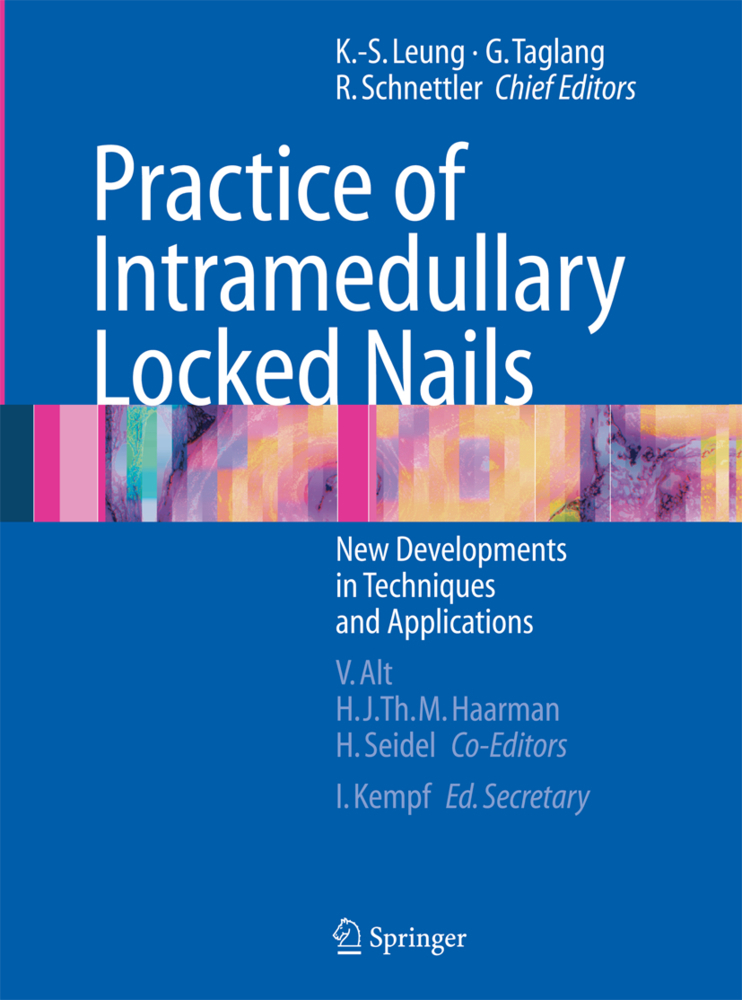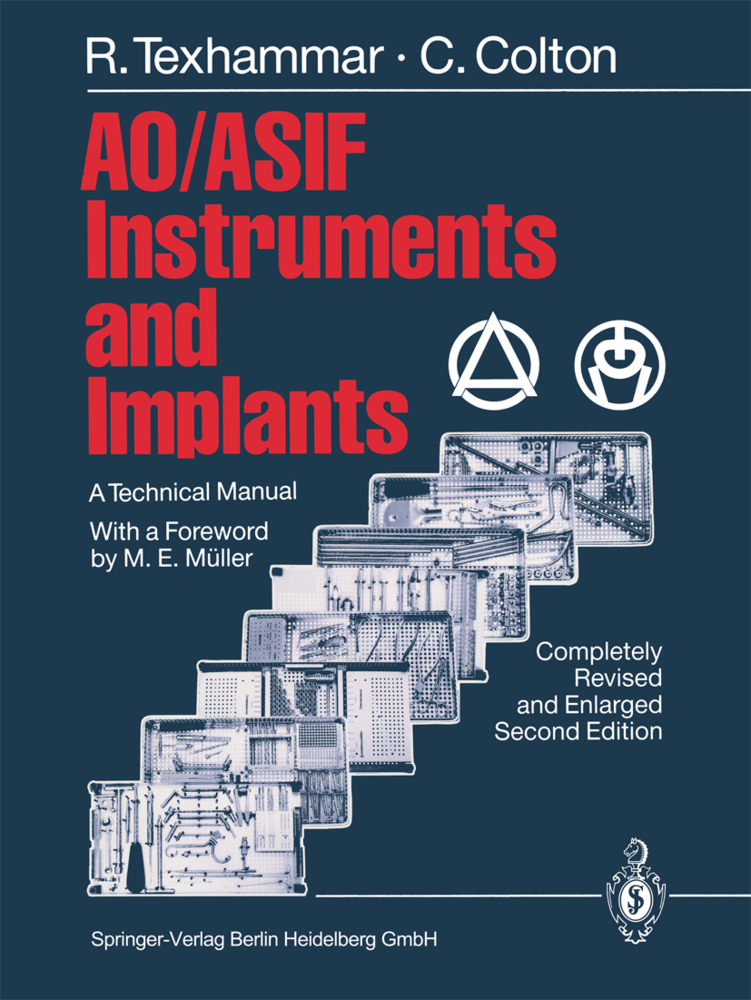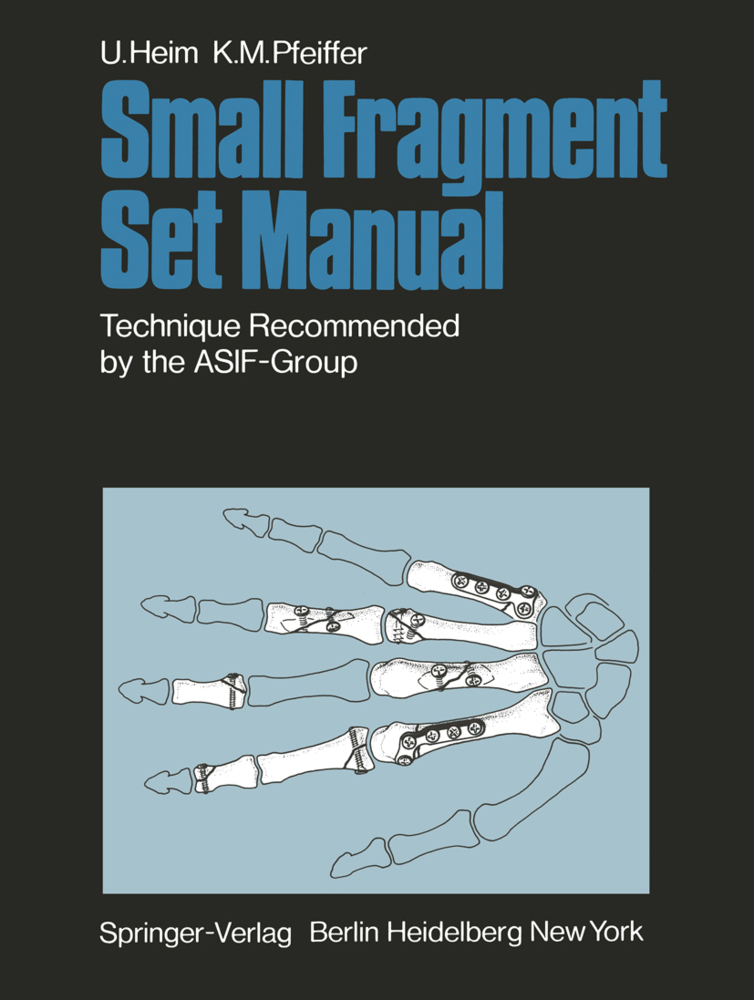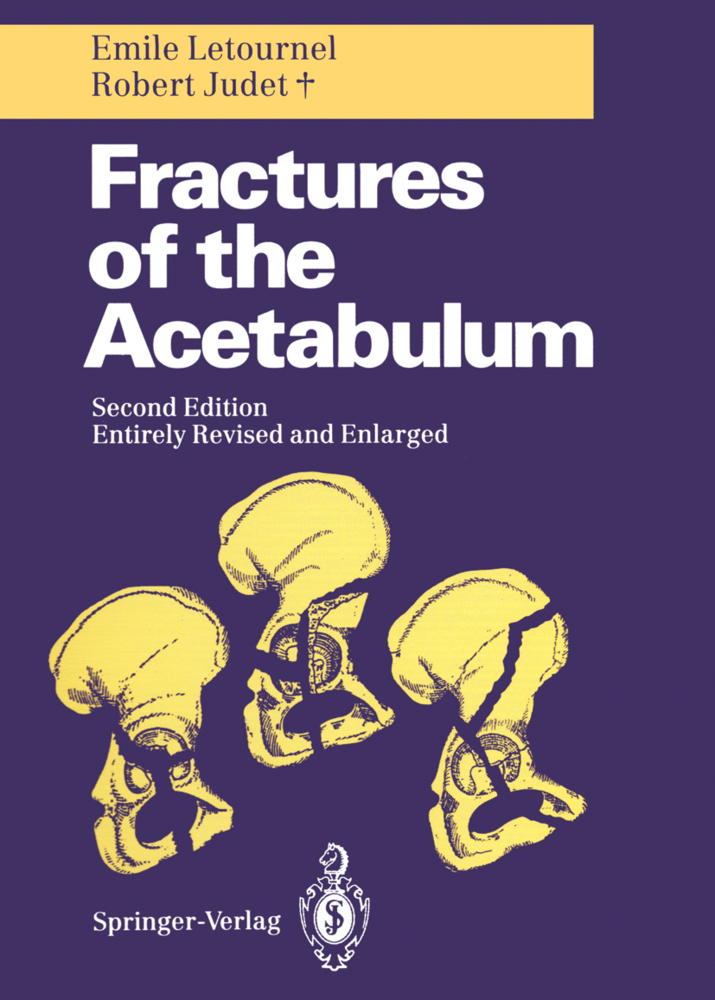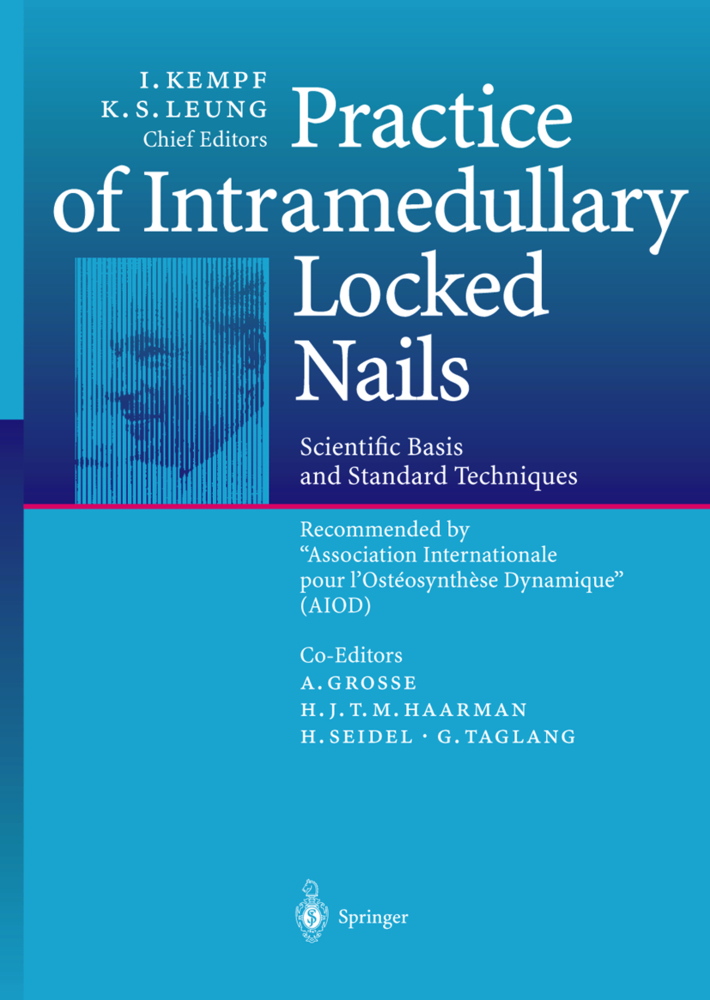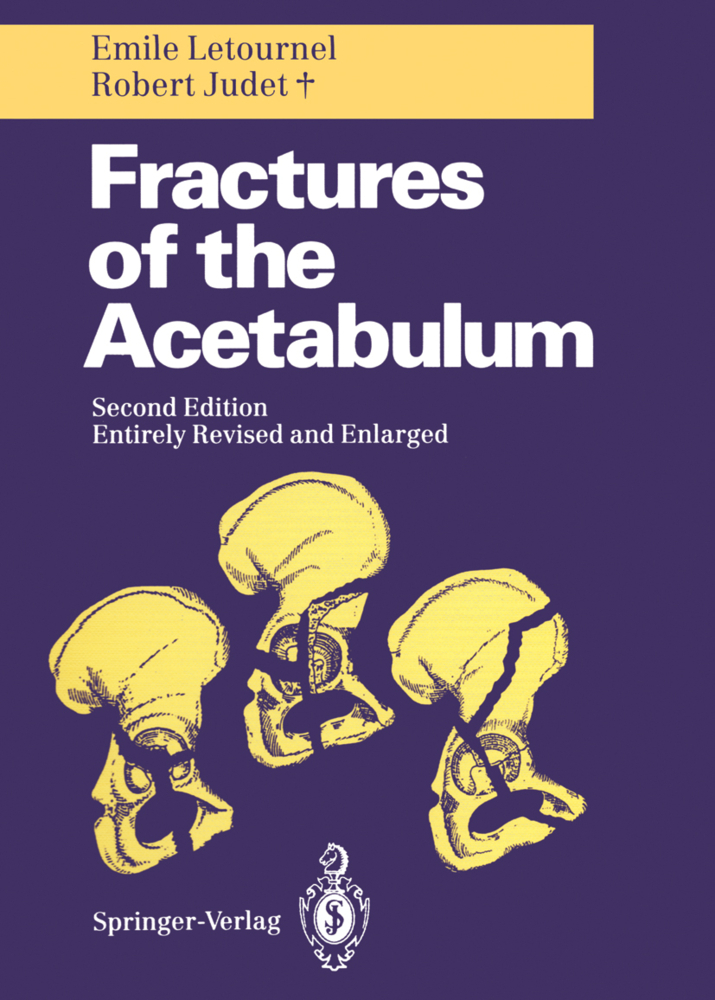Technique of Internal Fixation of Fractures
Technique of Internal Fixation of Fractures
It is to the great and lasting credit of LORENZ BOHLER and his school that they have in the last decade developed and demonstrated so thoroughly the techniques for the conservative management of fractures. Nevertheless there have always been many, including some from BOHLER'S school, who have found considerable place for surgical management, and with the significant progress in general surgery seen in postwar years, a new stimulus has been given to this part of traumatic surgery, especially since bone injuries have become more complex and frequent. The concept of internal fixation is not new. The serious criticisms that have been levelled at it retain today their basic significance. Progress in the fields of asepsis, corrosion-free metal implants, operative experience and postoperative care has diminished the dangers but has not relieved the surgeon of responsibility. The Association for the Study of the Problems of Internal Fixation (AO) has devoted itself over a number of years to the basic principles and best methods of open treatment of fractures by means of extended clinical and scientific studies in order to determine in each individual case the most promising line of treatment. At the same time a well designed and tested instrument set has been developed with precise instructions for the appropriate techniques. As a result, the new observations about primary bone healing which have emerged from the practice of rigid internal fixation are as interesting as the uses to which they can be put in allowing early mobilization.
I. Historical Review
II. Objectives and Hazards of Internal Fixation
III. Theoretical and Practical Principles of Rigid Internal Fixation
B. Operative Technique and Postoperative Management
I. Basic Principles of Operative Technique
II. Principles of Postoperative Care
III. Follow-up Examinations
IV. Timing of the Operation
V. Removal of the Metal Used for Internal Fixation
C. Instruments and their Use
I. Metallurgical Considerations
II. Instruments
Special Fractures
I. Fractures of the Tibia
II. Malleolar Fractures
III. Fractures of the Femur
IV. Fractures of the Patella
V. Fractures of the Forearm
VI. The Fractured Scaphoid
VII. Fractures of the Humerus
VIII. Fractures in the Region of the Hip
Supplement
I. Internal Fixation of Compound Fractures
II. Principles of Antibiotic Therapy and the Treatment of Infection Following Internal Fixation
III. The Problem of Shock in Accident Surgery
Literature.
General Technique
A. IntroductionI. Historical Review
II. Objectives and Hazards of Internal Fixation
III. Theoretical and Practical Principles of Rigid Internal Fixation
B. Operative Technique and Postoperative Management
I. Basic Principles of Operative Technique
II. Principles of Postoperative Care
III. Follow-up Examinations
IV. Timing of the Operation
V. Removal of the Metal Used for Internal Fixation
C. Instruments and their Use
I. Metallurgical Considerations
II. Instruments
Special Fractures
I. Fractures of the Tibia
II. Malleolar Fractures
III. Fractures of the Femur
IV. Fractures of the Patella
V. Fractures of the Forearm
VI. The Fractured Scaphoid
VII. Fractures of the Humerus
VIII. Fractures in the Region of the Hip
Supplement
I. Internal Fixation of Compound Fractures
II. Principles of Antibiotic Therapy and the Treatment of Infection Following Internal Fixation
III. The Problem of Shock in Accident Surgery
Literature.
Müller, M. E.
Bandi, W.
Bloch, H. R.
Allgöwer, M.
Mumenthaler, A.
Willenegger, H.
Schneider, R.
Steinemann, S.
Straumann, F.
Weber, B. G.
Segmüller, G.
| ISBN | 978-3-642-88358-3 |
|---|---|
| Artikelnummer | 9783642883583 |
| Medientyp | Buch |
| Auflage | Softcover reprint of the original 1st ed. 1965 |
| Copyrightjahr | 2012 |
| Verlag | Springer, Berlin |
| Umfang | XII, 272 Seiten |
| Abbildungen | XII, 272 p. 279 illus., 28 illus. in color. |
| Sprache | Englisch |

